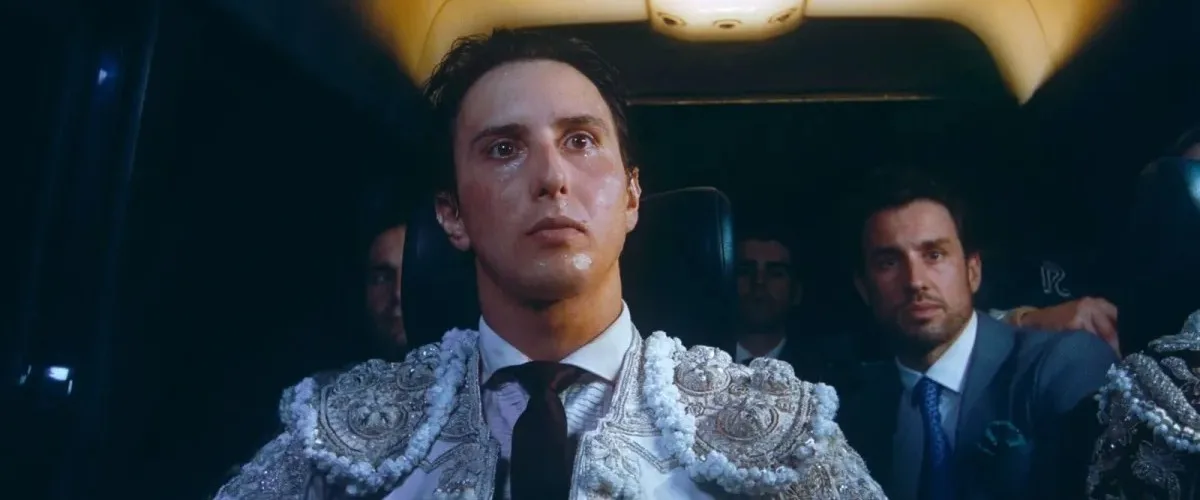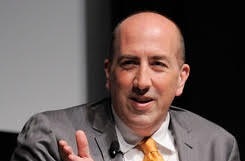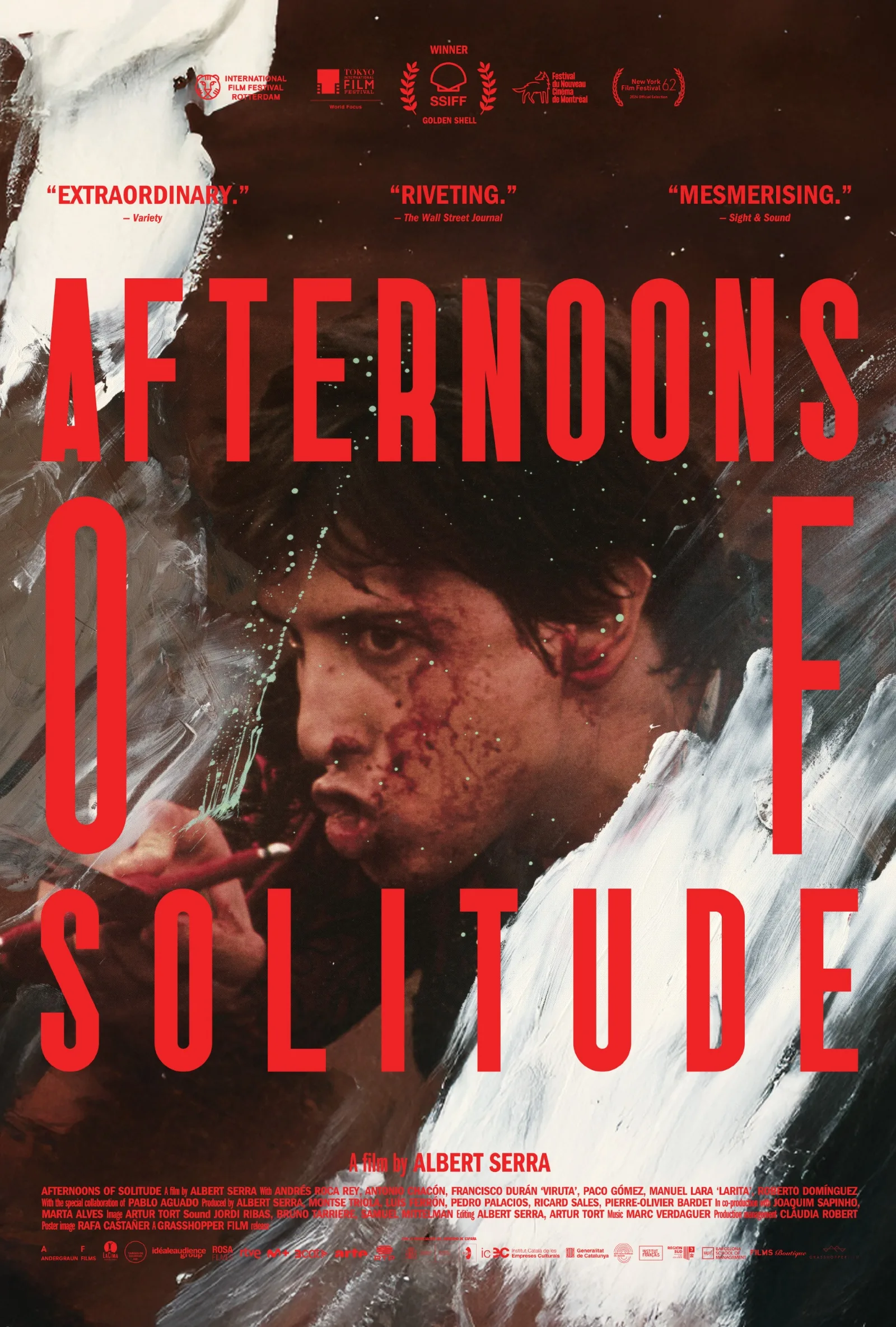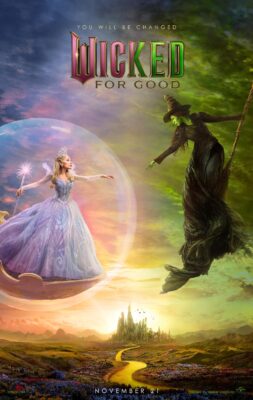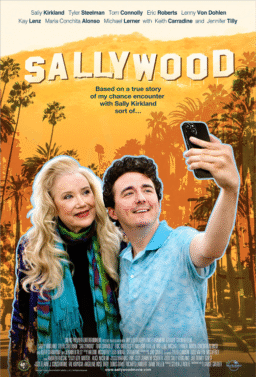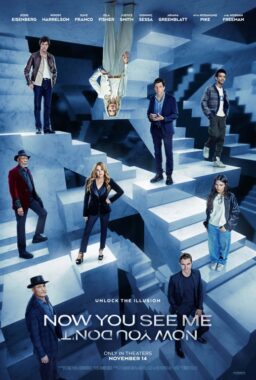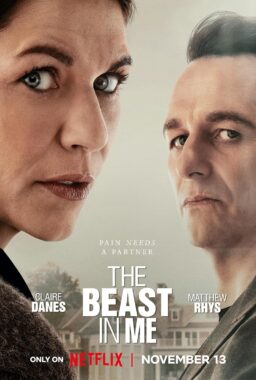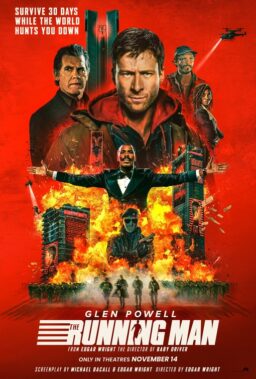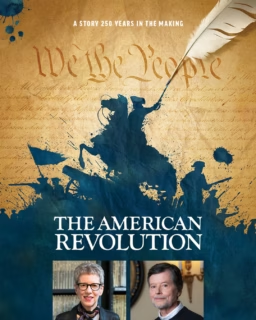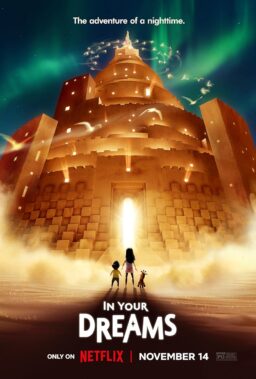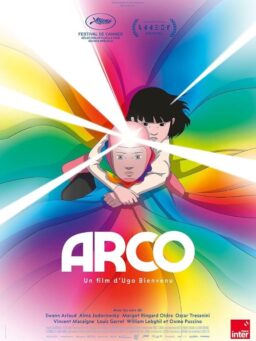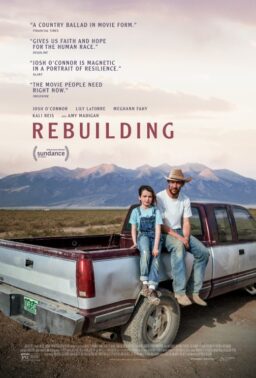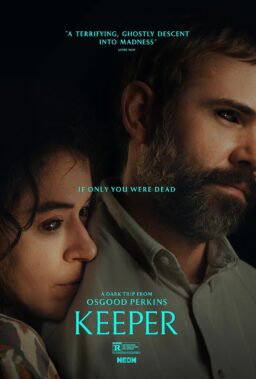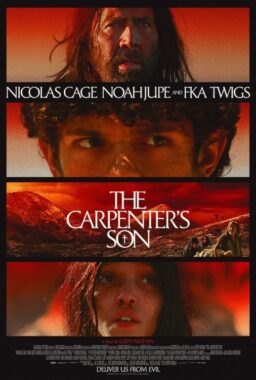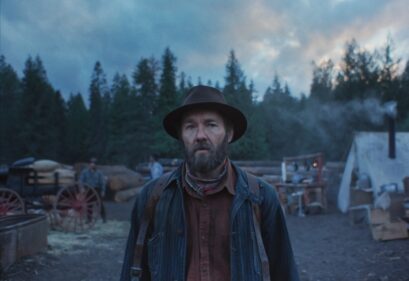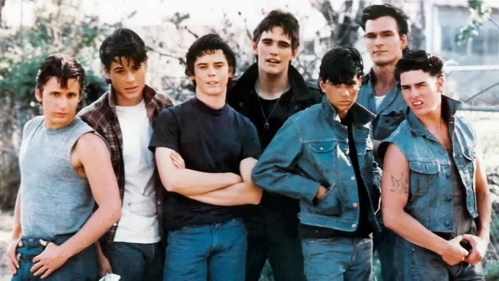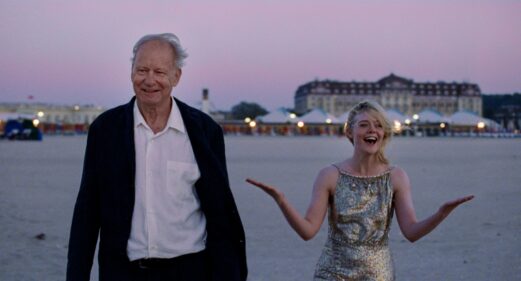In an interview, Saul Bellow was asked whether he thought his younger friend Martin Amis had “the inventive genius of a Joyce or a Flaubert.” Bellow responded, “Yes, I do. I see signs of a very large outline.” Amis was not yet fifty when Bellow made that pronouncement. The Catalan filmmaker Albert Serra, whose maverick cinematic concoctions include “The Death of Louis XIV” and “Liberté,” turns 50 this fall. Whether you care for his pictures or not—and Matt Zoller Seitz hit the nail on the head 20 years ago in The New York Times when he called Serra’s second feature, 2006’s “Honor of the Knights,” “a virtual definition of the phrase ‘acquired taste'”—it’s undeniable that his “outline” continues to grow. His new feature, “Afternoons of Solitude,” adds to it in a way that’s visually beautiful, emotionally unnerving, and—arguably—intellectually confounding.
The movie is a documentary portrait of the Peruvian matador Andrés Roca Rey, a bullfighting superstar not yet thirty. It’s immediately understood that the paradox of the movie’s title is deliberate and superficial. The matador does his work in arenas packed with sometimes cheering, sometimes dead-silent spectators. If you’ve read Hemingway’s “Death In The Afternoon,” you’re familiar with the functions of the other men who work with the guy whose job it is to dance with the bull before killing it; the banderilleros who stick the bull in the shoulder, the picadors who lance at the bull, et cetera. It helps, maybe, to know about these fellows before you watch the movie.
Because Serra’s approach here is solely observational. There is no narration. There are no talking head interviews. Rey is seen in medium close-up in a van riding to and from certain bouts. Serra puts his camera in hotel rooms where Rey dresses and undresses (his costume sometimes bloody in the latter instances). But Rey, obviously on Serra’s instruction, never addresses the camera or even acknowledges its presence. The way Rey conducts himself makes him a kind of co-author of the movie. He’s managing his persona. We understand he’s a man of strong religious faith because he crosses himself frequently before entering the ring and is often seen handling a rosary. We know he’s well regarded by the members of his team by the way they banter with each other and compliment him after a fight. But Rey himself doesn’t banter.
He’s a man alone with himself, and when he’s at work, he’s a man alone with the animal. Serra gets in as close as he can to the action when Rey is fighting, and the action is brutal and breathtaking and sometimes shocking. Even if you regard bullfighting as an irredeemably barbaric practice, you might shudder and sympathize at one point when Rey is almost impaled by an angry animal. (The movie’s opening shot is of a bull alone in a field, at night, minding his own business, utterly oblivious to where his life is going, so to speak. And here you certainly feel for the bull. All that said, if you do regard bullfighting as an irredeemably barbaric practice, you should probably skip this movie, my rating notwithstanding.)
But as Rey goes from fight to fight, what registers most is a certain repetitiveness. Serra’s meticulous shooting and cutting relate to phenomenology; that is, it delivers an account of subjective experience. It implies that Rey’s “personality” is superfluous to his being. He is what he does. Someday, he will stop doing it of his own volition. Or he’ll stop doing it when the bull wins.

